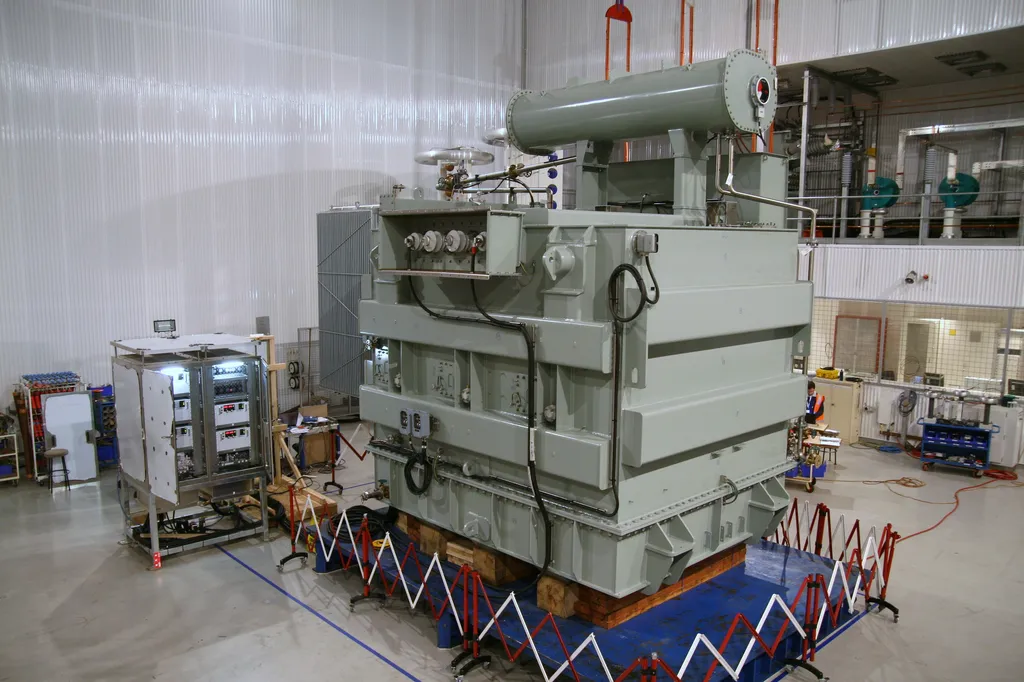In the ever-evolving landscape of power grid technology, a critical review published in the *Journal of Electrical and Computer Engineering* sheds light on the advancements in fault current limiters (FCLs), a cornerstone for protecting modern electrical networks. Led by Tamalika Chowdhury from the Department of Electrical and Electronics Engineering, the research delves into the various types of FCLs, their operating principles, and the challenges they present.
Fault current limiters are essential for safeguarding power systems against the damaging effects of fault currents, which can arise from extensive short circuits, routine electrical faults, and unforeseen events. As power grids become more complex and renewable energy integration increases, the demand for efficient and reliable FCLs has never been greater. “The development of different types of FCLs has gained significant attention due to the increasing risk of failure in modern power systems,” Chowdhury explains. “Our review explores the various types of FCLs, including superconducting, resistive, inductive, and hybrid models, each with its unique advantages and challenges.”
The study extensively reviews the literature on FCLs, unraveling the mathematical models and technological advancements that have shaped their evolution. Superconducting FCLs, for instance, offer high fault current limiting capabilities but face challenges related to cost and cryogenic cooling requirements. Resistive and inductive FCLs, on the other hand, provide simpler designs but may have limitations in terms of scalability and response time.
One of the key insights from the review is the need for future developments to enhance the cost-effectiveness, reliability, and scalability of FCLs. “While each type of FCL has its unique benefits, future advancements are crucial for their practical applications in power grids, renewable energy integration, and fault management strategies,” Chowdhury notes.
The commercial implications of this research are substantial. As power grids continue to expand and integrate more renewable energy sources, the demand for advanced FCLs will grow. Companies investing in these technologies can expect to see significant returns, not only in terms of improved grid stability but also in enhanced safety and efficiency.
The review, published in the *Journal of Electrical and Computer Engineering*, highlights the importance of continued research and development in this field. As the energy sector strives to meet the challenges of a rapidly changing landscape, the insights provided by Chowdhury and her team offer a roadmap for future innovations.
In the quest for a more resilient and efficient power grid, fault current limiters play a pivotal role. This critical review not only underscores the advancements made so far but also points the way forward, ensuring that the energy sector remains at the forefront of technological progress.

